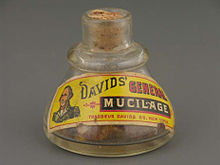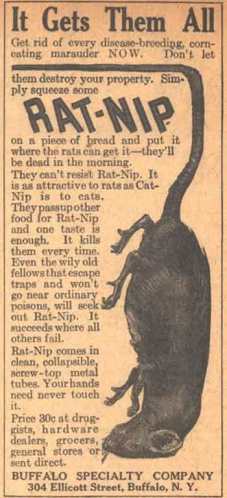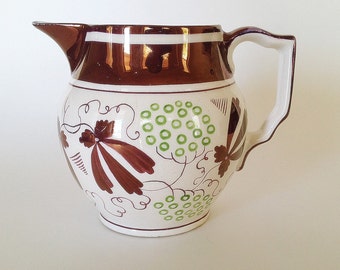- Great Grandfather William Simms was turning 13 years old and lived with his family in County Antrim near Carrickfergus, Northern Ireland. He was second eldest of 8 siblings living with parents Henry and Jane. Thirteen years later, he would marry and move to Canada to farm and raise a family at Mountain, near Ottawa.
- Great Grandmother Agnes McAllister is still a bit of a mystery to me but I think she would have been 8 that year and lived in Antrim as well. I believe her 11 year old brother Ephraim came to Canada and settled in Alberta around the same time she and William Simms left for Ontario, in 1880 but don't know of other siblings or who her parents were.
- Great Grandfather James Sinclair would have turned 10 years old that year and lived on the island of South Ronaldsay in the Orkney Islands of Scotland. He, two sisters and a brother lived with their farming parents William and Jane. Sixteen years would go by before he would follow his Uncle James Garrioch (Garrick) to Canada, never to return.
- Great Grandmother Elizabeth Henry would be almost 11 and farming with her family in Hibbert Township in Perth County, Ontario. Nine years previously they had emigrated from Troqueer, Kirkkudbrightsire in Scotland. By 1867, parents William and Mary had 2 more girls and 3 boys. William Henry would only live 11 more years and then the Widow Mary and her family of 11 would leave for Blanshard, Manitoba in 1882. One wonders when or if news of the naming and formation of the new country "Canada" would have reached the family.
- Great Grandfather William George Kinnaird was turning 6 years old and lived with his younger brother and sister along with 4 step siblings from his father's first marriage. George Chester and Mary Ann Kinnaird were farmers in Kitley Township, Ontario. There is no proof but Mary Ann may have been a single mother of the brood of 7 in 1867 as she remarried to Thomas Levi Cummings in 1868.
- Great Grandmother Margaret Carruthers lived in Dundas County near Ottawa and would have been coming 3. Along with parents Andrew William and Jane, there were 2 brothers and 1 sister in her family at that time. I believe the Carruthers were farmers although I have read references to Andrew William being a teacher as well.
- Second Great Grandfather John Milne would be 14 that year and likely lived with his parents Lewis and Annie. He had 11 siblings but no doubt some of the older ones would have been out living and working on their own. They farmed a small croft at Bogbain, near Keith in Aberdeenshire in Northeast Scotland. In six years he would marry and in 1911, John would follow some of his children to emigrate to Canada.
- Second Great Grandmother Ann Robertson was almost 14 in 1867 but I don't know anything about her home or family yet. She died in Scotland 29 years later, after having nine children with John Milne including my great grandfather Alexander.
- Second Great Grandmother Maggie Duncan would see her 14th birthday that year in Aberdeenshire, Scotland with parents William and Helen and 7 siblings. Nine years later she would marry in nearby Ythan Wells and go on to have a family of five including their eldest, my great grandmother Jeannie. Family lore says she died in England in 1905 but I've not found any confirmation yet.
- Second Great Grandfather James Jamieson would celebrate his 12th birthday in 1867 but beyond that I don't know much about him. He was born in Marnoch, Banffshire, Scotland. On his daughter Jeannie's wedding invitation in 1897 his widow was called " Mrs. W.D. Jamieson". He had a son who was also given the same initials, William Duncan Jamieson.
So much has happened in the past 150 years and the last country-wide centennial celebration in 1967 left many lasting legacies in our communities. I hope that 2017 will do the same and instill the same pride in a next generation of Canadians. I do wonder if there will be a snappy little song this year like Bobby Gimby's Canada song that sticks in our heads in 2067!








































 These two pictures above are identified as the O'Neil outfit from the 1940's.
These two pictures above are identified as the O'Neil outfit from the 1940's. 







